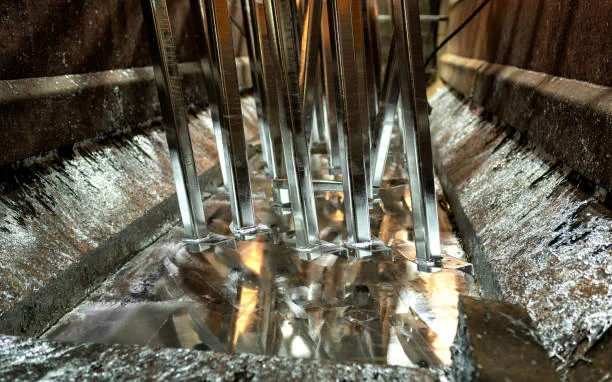
Introduction
Electroplating is a widely used process in various industries to enhance the properties of metal surfaces. Among different electroplating methods, Sodium Cyanide electroplating zinc holds a significant position due to its unique characteristics and advantages. This article aims to provide a detailed analysis of the Sodium cyanide electroplating zinc process, covering its principles, process steps, bath composition, and operational considerations.
Principles of Sodium Cyanide Electroplating Zinc
In the sodium cyanide electroplating zinc process, the key principle is based on electrolysis. The electroplating bath contains zinc ions and other components. When an electric current is applied, zinc ions in the bath are reduced at the cathode (the object to be plated), and zinc atoms are deposited on the surface of the cathode, forming a zinc coating. The presence of Sodium cyanide in the bath plays a crucial role. It acts as a complexing agent, forming stable complexes with zinc ions. This complexation helps to control the deposition rate of zinc and improves the quality of the deposited zinc layer. For example, the reaction can be simply represented as: Zn(CN)₄²⁻ + 2e⁻ → Zn + 4CN⁻ at the cathode. The complexed zinc ions in the form of Zn(CN)₄²⁻ are more stable in the bath, which leads to a more uniform and fine-grained zinc deposition compared to non-complexed systems.
Process Steps
1. Pretreatment of the Substrate
Before electroplating, the substrate (the metal object to be plated) needs to be thoroughly pretreated. This step is essential to ensure good adhesion of the zinc coating.
Degreasing: The substrate is first degreased to remove any oil, grease, or organic contaminants on its surface. This can be achieved through methods such as alkaline degreasing, where the substrate is immersed in an alkaline solution containing surfactants. The alkaline solution reacts with the grease, emulsifying it and allowing it to be washed away. For example, a typical alkaline degreasing solution may contain sodium hydroxide, sodium carbonate, and surfactants like sodium dodecyl sulfate.
Pickling: After degreasing, pickling is carried out to remove rust, oxides, and other inorganic impurities from the substrate surface. An acid solution, such as hydrochloric acid or sulfuric acid, is commonly used for pickling. The acid reacts with the oxides on the surface, dissolving them. For instance, in the case of rust (iron oxide) on a steel substrate, the reaction with hydrochloric acid is: Fe₂O₃ + 6HCl → 2FeCl₃ + 3H₂O. After pickling, the substrate is rinsed thoroughly with water to remove any remaining acid.
2. Preparation of the Electroplating Bath
The preparation of the electroplating bath is a critical step in the sodium cyanide electroplating zinc process.
Ingredients: The main components of the bath include zinc oxide (ZnO) as the source of zinc ions, sodium cyanide (NaCN) as the complexing agent, and sodium hydroxide (NaOH) as the conductive salt. In addition, other additives may be included to improve the quality of the plating, such as brighteners. For a typical low - cyanide electroplating bath, the composition might be: ZnO 8 - 12 g/L, NaCN 10 - 20 g/L, NaOH 80 - 120 g/L.
Mixing Process: First, a portion of water (about one - third of the total bath volume) is added to the plating tank. Then, the required amount of sodium cyanide and sodium hydroxide is added and stirred until completely dissolved. Next, zinc oxide is slowly added to the solution while continuously stirring. Zinc oxide reacts with sodium hydroxide and sodium cyanide to form the necessary complexes. After the addition of zinc oxide, the bath is diluted to the desired volume with water. Finally, the additives are added according to the manufacturer's instructions.
3. Electroplating Process
Setting up the Electroplating Cell: The electroplating cell consists of the plating bath, the cathode (the substrate to be plated), and the anode. The anode is usually made of zinc metal. When an electric current is passed through the bath, zinc ions are dissolved from the anode into the bath and simultaneously deposited on the cathode. The current density, which is the amount of current per unit area of the cathode, is carefully controlled. For sodium cyanide electroplating zinc, the typical current density ranges from 1 - 5 A/dm². A lower current density may result in a slower deposition rate but can lead to a more uniform and finer - grained coating. On the other hand, a higher current density can increase the deposition rate but may cause problems such as uneven plating and burning of the coating at high - current areas.
Temperature and Agitation: The temperature of the electroplating bath also affects the plating process. Generally, the bath temperature is maintained in the range of 20 - 40 °C. Higher temperatures can increase the deposition rate but may also reduce the cathode polarization, leading to a coarser - grained coating. Agitation of the bath is important to ensure uniform distribution of ions around the cathode. This can be achieved through mechanical agitation, such as using a stirrer, or by air bubbling. Agitation helps to replenish the zinc ions near the cathode surface, preventing the formation of concentration gradients that could lead to uneven plating.
4. Post - treatment
Rinsing: After electroplating, the plated object is rinsed thoroughly with water to remove any residual plating solution on its surface. Multiple rinsing steps may be carried out, with the first rinse being in cold water to remove the bulk of the solution, followed by additional rinses in clean water to ensure complete removal of any contaminants.
Chromating: Chromating is often performed to further enhance the corrosion resistance of the zinc - plated layer. The plated object is immersed in a chromating solution, which contains chromic acid or its salts. The chromating process forms a thin, protective chromate conversion layer on the surface of the zinc coating. This layer provides additional protection against corrosion by acting as a barrier and also by self - healing to some extent when the surface is scratched. There are different types of chromating, such as yellow chromating, blue - white chromating, and black chromating, each offering different levels of corrosion resistance and aesthetic appearances.
Drying: Finally, the plated and chromated object is dried. For small parts, they can be dried in a centrifugal dryer with hot air, while larger parts may be air - dried at room temperature. Drying is important to prevent the formation of water spots and to ensure the long - term stability of the coating.
Bath Composition and Its Influence
1. Zinc Oxide (ZnO)
Zinc oxide is the source of zinc ions in the electroplating bath. The concentration of zinc oxide in the bath affects the deposition rate of zinc. A higher concentration of zinc oxide generally leads to a higher deposition rate. However, if the zinc ion concentration is too high, it can cause problems such as poor throwing power (the ability of the plating solution to deposit a uniform coating on complex - shaped objects) and a coarser - grained coating. In low - cyanide baths, a suitable zinc oxide concentration is typically in the range mentioned earlier (8 - 12 g/L), which provides a balance between deposition rate and coating quality.
2. Sodium Cyanide (NaCN)
Sodium cyanide serves as a complexing agent in the bath. It forms complexes with zinc ions, such as Zn(CN)₄²⁻. The concentration of sodium cyanide affects the stability of these complexes and, consequently, the deposition behavior of zinc. In high - cyanide baths, a relatively high concentration of sodium cyanide is used, which provides excellent throwing power and a very fine - grained coating. However, high - cyanide baths pose significant environmental and safety risks due to the toxicity of cyanide. In contrast, low - cyanide baths, which are more commonly used nowadays, use a lower concentration of sodium cyanide (e.g., 10 - 20 g/L). These baths still offer good throwing power and coating quality while reducing the environmental and safety concerns to some extent. The ratio of sodium cyanide to zinc oxide (NaCN/ZnO ratio) also plays an important role. A proper ratio ensures the formation of stable complexes and optimal plating conditions. For example, in some applications, a NaCN/ZnO ratio of around 1.5 - 2.5 is preferred.
3. Sodium Hydroxide (NaOH)
Sodium hydroxide acts as a conductive salt in the bath, increasing the electrical conductivity of the solution. This allows for a more efficient transfer of current during electroplating. It also helps to maintain the pH of the bath. The pH of the sodium cyanide electroplating zinc bath is typically in the alkaline range, around pH 12 - 14. A stable pH is important for the stability of the complexes and the overall plating process. If the pH is too low, the complexes may decompose, leading to poor plating results. On the other hand, if the pH is too high, it can cause problems such as excessive corrosion of the anode and the formation of zinc hydroxide precipitates in the bath.
4. Additives
Brighteners: Brighteners are added to the bath to improve the brightness and luster of the zinc coating. They work by modifying the surface morphology of the deposited zinc layer at the atomic level. Organic compounds such as saccharin, coumarin, and certain quaternary ammonium salts are commonly used as brighteners. For example, saccharin can adsorb on the surface of the cathode during electroplating, inhibiting the growth of zinc crystals in certain directions and promoting the formation of a smooth and bright surface.
Levelers: Levelers help to smooth out any irregularities on the substrate surface during electroplating. They preferentially deposit on the higher - current - density areas of the substrate, reducing the thickness difference between high - and low - current - density regions and resulting in a more uniform coating. Some polymers and surfactants can function as levelers in the electroplating bath.
Antioxidants and Stabilizers: These additives are used to prevent the oxidation of components in the bath, especially the cyanide ions. Cyanide can be oxidized in the presence of air and certain impurities, which can lead to a decrease in the effectiveness of the complexing agent and changes in the bath chemistry. Antioxidants such as sodium sulfite can be added to the bath to scavenge oxygen and prevent the oxidation of cyanide. Stabilizers are also added to maintain the stability of the bath over time, ensuring consistent plating results.
Operational Considerations
1. Safety Precautions
Since sodium cyanide is highly toxic, strict safety precautions must be taken during the handling and operation of the electroplating process. All personnel involved in the process should wear appropriate personal protective equipment, including gloves, goggles, and respirators. The electroplating area should be well - ventilated to prevent the accumulation of toxic fumes. In case of any spills or accidents involving sodium cyanide, immediate emergency response procedures should be followed. This may include neutralizing the cyanide with appropriate chemicals (such as hypochlorite solutions) and notifying the relevant safety authorities.
2. Bath Maintenance
Regular Analysis: The composition of the electroplating bath should be regularly analyzed to ensure that the concentrations of zinc oxide, sodium cyanide, sodium hydroxide, and additives are within the optimal range. Analytical methods such as titration can be used to determine the concentrations of these components. For example, the concentration of zinc ions can be determined by titrating a sample of the bath with a standard EDTA (ethylenediaminetetraacetic acid) solution.
Contamination Control: Contamination of the bath can occur from various sources, such as impurities in the raw materials, 带入 of foreign substances from the substrate during plating, and the build - up of reaction by - products. To control contamination, proper filtration of the bath should be carried out. A filtration system with appropriate filter media can remove solid particles and some organic contaminants. In addition, periodic purification of the bath may be necessary. For example, if heavy metal impurities (such as copper or lead) accumulate in the bath, they can be removed by adding chemicals that form precipitates with these impurities, followed by filtration.
Replenishment of Components: As the electroplating process proceeds, the components in the bath are consumed. Zinc is deposited on the cathode, and some of the complexing agents and additives may be decomposed or consumed in side reactions. Therefore, regular replenishment of zinc oxide, sodium cyanide, sodium hydroxide, and additives is required to maintain the bath composition. The rate of replenishment can be determined based on the plating time, the amount of parts being plated, and the results of bath analysis.
3. Troubleshooting
Poor Coating Adhesion: If the zinc coating has poor adhesion to the substrate, possible causes include inadequate pretreatment of the substrate, improper bath composition (such as incorrect pH or low complexing agent concentration), or high levels of contamination in the bath. To address this issue, the pretreatment process should be reviewed and optimized. The bath composition should be analyzed and adjusted if necessary, and steps should be taken to reduce contamination.
Uneven Plating: Uneven plating can be caused by factors such as improper current distribution in the electroplating cell, non - uniform agitation of the bath, or variations in the geometry of the substrate. To solve this problem, the electroplating cell setup can be adjusted to ensure more uniform current distribution. The agitation method can be optimized, and fixtures can be designed to hold the substrate in a way that promotes uniform plating. For complex - shaped substrates, special plating techniques or the use of auxiliary anodes may be required.
Dull or Dark Coating: A dull or dark zinc coating may be due to insufficient brightener concentration in the bath, high levels of impurities, or incorrect plating parameters (such as too high a current density or bath temperature). The brightener concentration should be checked and adjusted if needed. The bath should be purified to remove impurities, and the plating parameters should be optimized.
Conclusion
The sodium cyanide electroplating zinc process is a widely used and important method for providing corrosion resistance and decorative finishes to metal objects. Understanding its principles, process steps, bath composition, and operational considerations is crucial for achieving high - quality plating results. Although it has some environmental and safety challenges associated with the use of sodium cyanide, with proper safety measures and the development of more environmentally friendly alternatives (such as low - cyanide or cyanide - free processes), it continues to play a significant role in various industries, including automotive, aerospace, and electronics. By carefully controlling all aspects of the process, manufacturers can produce zinc - plated products with excellent quality and performance.
- Random Content
- Hot content
- Hot review content
- Unlocking the Power of Mineral Processing Chemicals: Enhancing Efficiency and Sustainability
- Sodium Amyl Xanthate (SAX) 90%, Mining chemical, mining flotation reagent
- Toluene
- Hydrogen Peroxide
- Fertilizer magnesium sulfate/magnesium sulfate monohydrate
- 97% 2-Hydroxypropyl methacrylate
- Copper Sulfate Monohydrate (CuSO4-H2O) Powder (Cu:34% Min)
- 1Discounted Sodium Cyanide (CAS: 143-33-9) for Mining - High Quality & Competitive Pricing
- 2China's New Regulations on Sodium Cyanide Exports and Guidance for International Buyers
- 3Sodium Cyanide 98% CAS 143-33-9 gold dressing agent Essential for Mining and Chemical Industries
- 4International Cyanide(Sodium cyanide) Management Code - Gold Mine Acceptance Standards
- 5China factory Sulfuric Acid 98%
- 6Anhydrous Oxalic acid 99.6% Industrial Grade
- 7Oxalic acid for mining 99.6%
- 1Sodium Cyanide 98% CAS 143-33-9 gold dressing agent Essential for Mining and Chemical Industries
- 2High Quality 99% Purity of Cyanuric chloride ISO 9001:2005 REACH Verified Producer
- 3Zinc chloride ZnCl2 for High Molecular Weight Polymers Initiator
- 4High Purity · Stable Performance · Higher Recovery — sodium cyanide for modern gold leaching
- 5High Quality Sodium Ferrocyanide / Sodium Hexacyanoferr
- 6Gold Ore Dressing Agent Safe Gold Extracting Agent Replace Sodium Cyanide
- 7Sodium Cyanide 98%+ CAS 143-33-9

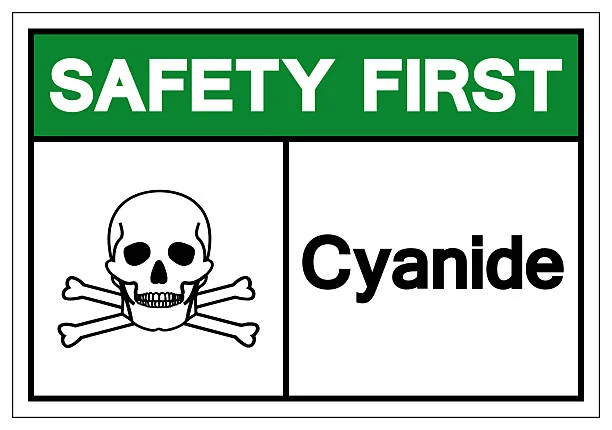
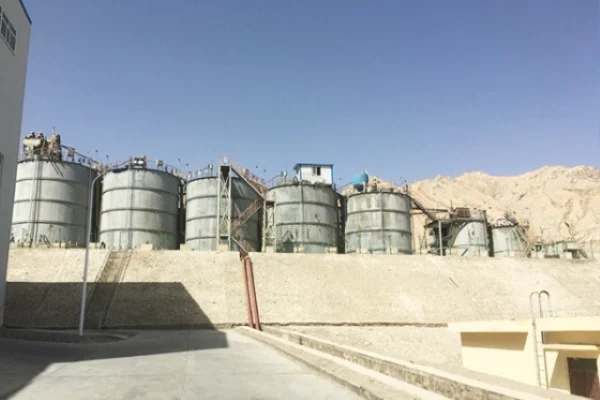


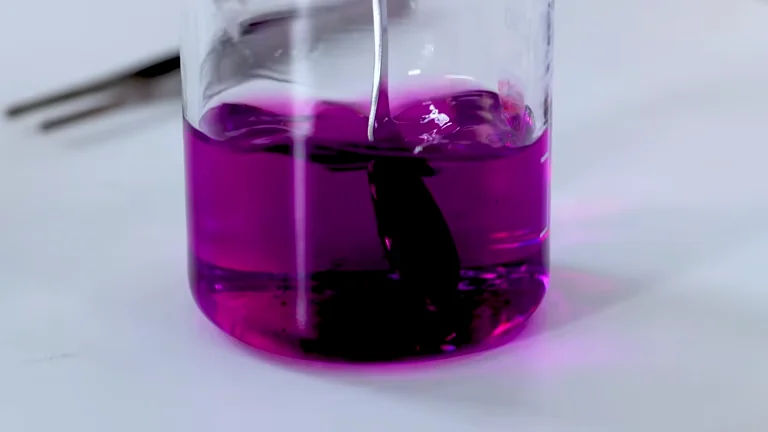

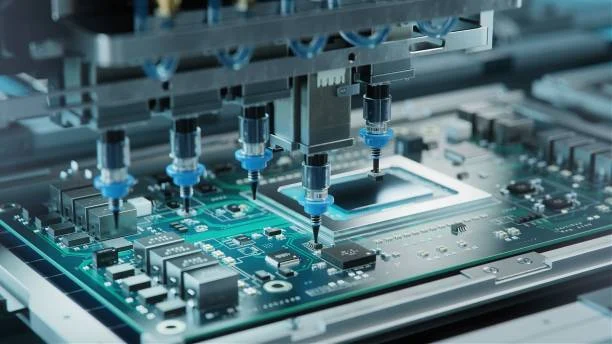



Online message consultation
Add comment: